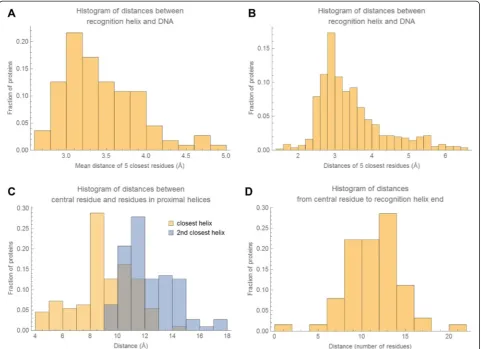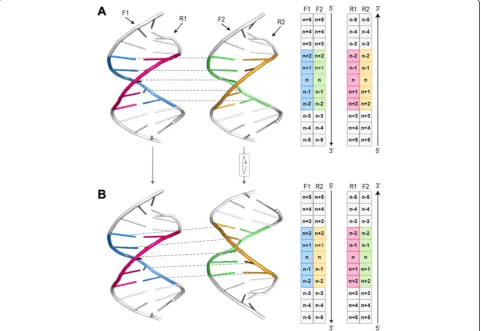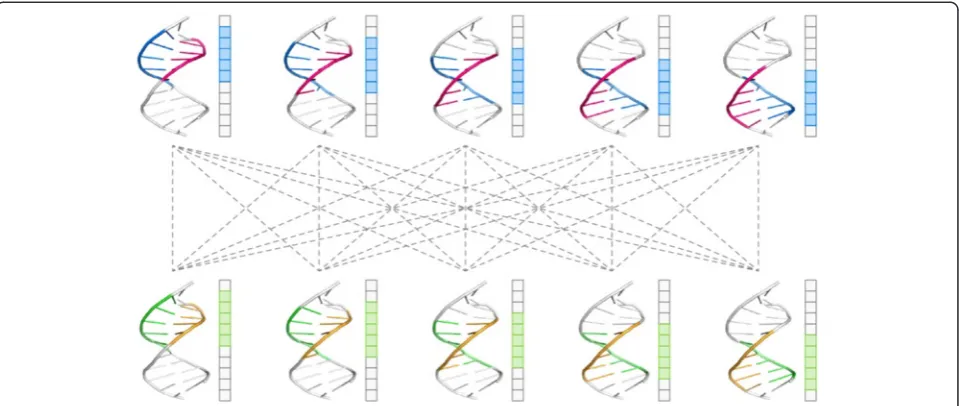An affinity-structure database of helix-turn-helix: DNA complexes with a universal coordinate system
Full text
Figure




Related documents
Statistical analysis of docking binding energies (Kcal/mol) of all 230 ligands shows thatthe most sensitive to DCA and its analogues is PDK2 and the least is PDK3 (Figure
Application Fees-$140 The King's University - Alberta.. Environmental Assessment & Restoration Diploma Diploma Open General Arts & Science Diploma: No Major Diploma
The Athabasca Oil Sands Project in north-east Alberta, Canada, has a bitumen production capacity of 255 thousand boe/d... Groundbirch - Phosphate Bakken Deep Basin Limestone
The Tourism Planning, Management and Policy Postgraduate Program is designed, organized and run by the Department of Business Administration in collaboration with the Departments
Impact of foreign direct investment and trade on economic growth: evidence from developing countries. Impact of Foreign Direct Investment on Gross
Local Session Service Coordinator Coordinator Business Management Portal Coordinator Domain Hoster Domain Global Session Service ROIA Client ROIA Process Customer Customer
(The very small ex ante changes in long—term rates isolated for the quarterly data examined in this paper do not, of course, necessarily imply trivial future movements in the
Results: A total of 115 respondents were interviewed, and the majority (74.5%) in the Serengeti district admitted that ostriches were mainly hunted for their products by snares,





